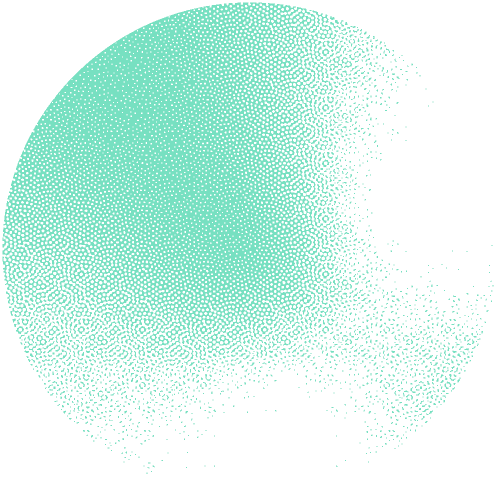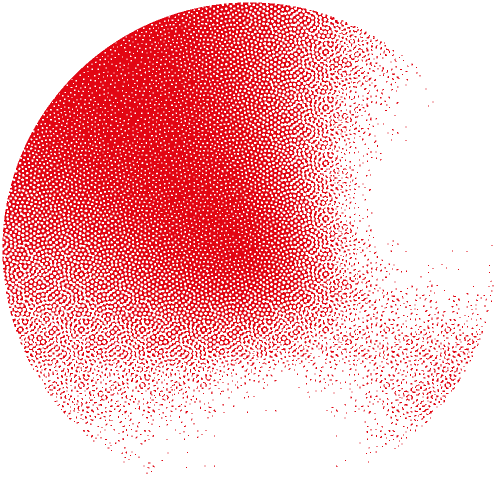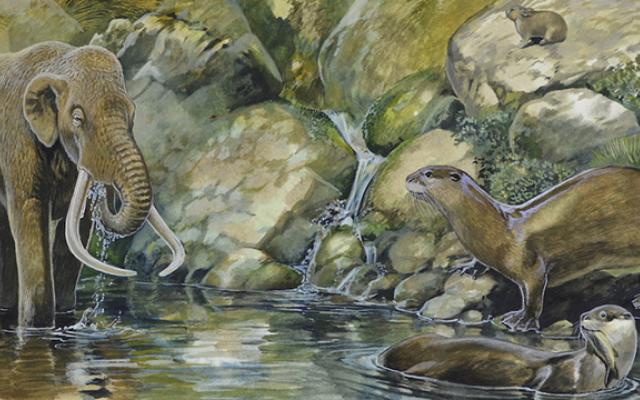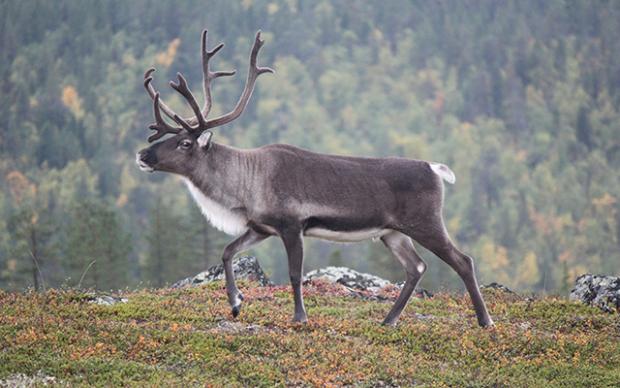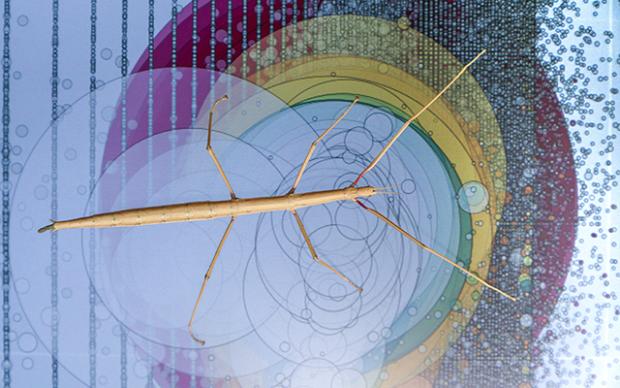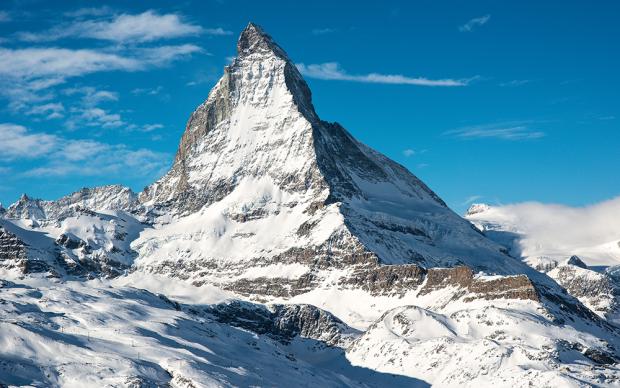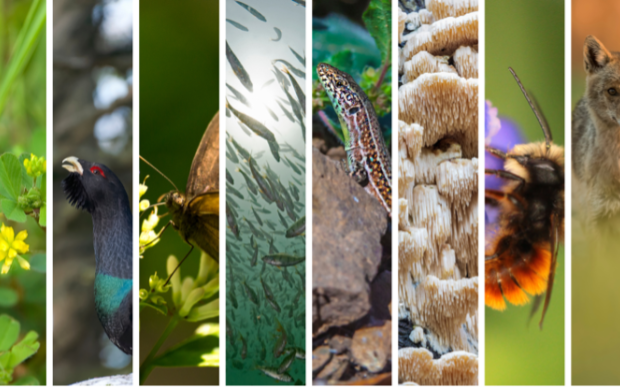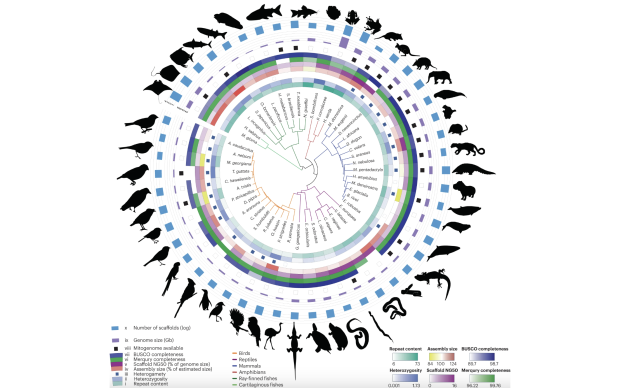Islands are biodiversity hotspots and home to animal species with unique features, including dwarfs that evolved to very small sizes compared to their mainland relatives, and giants. An international study now shows that those species have a higher risk of extinction. The findings are supported by a software developed by SIB’s Daniele Silvestro at the University of Fribourg. The study, published in Science, also shows that extinction rates of mammals on islands worldwide increased significantly after the arrival of modern humans.
In response to the unique characteristics of island environments, many organisms undergo remarkable evolutionary changes, among the most notable of which include extreme modifications of body size. This phenomenon is known as gigantism or dwarfism – in general, relatives of large continental species tend to become smaller on islands and small species tend to become larger. Some of these are already extinct evolutionary marvels such as dwarf mammoths and hippos that shrunk to less than one-tenth the size of their mainland ancestors, and rodents that increased by over 100-fold in size.
Higher extinction risk of extreme dwarfs and giants
An international team of researchers, including SNSF Professor and SIB Group Leader Daniele Silvestro at the University of Fribourg found that evolution towards these features frequently goes hand in hand with increased susceptibility to extinctions. “On the one hand, phyletic giants might provide bigger reward for hunting”, explains Dr Roberto Rozzi, Curator of Palaeontology at Martin-Luther-University Halle-Wittenberg, Germany and first author of the article. “On the other hand, dwarfed species seem to have less deterrence power, facilitating hunting or predation by introduced predators.”
Islands: Hotspots for biodiversity
Islands cover less than 7% of the Earth’s land area, but account for up to 20% of all terrestrial species on the planet. They are also hotspots for species extinction as 50% of today’s IUCN threatened species are native to islands and hundreds of island species have gone extinct in the recent past.
Inferring extinction rates from fossil data
To quantify how evolution towards dwarfism and gigantism may have affected the risk and rate of extinction (before and after human arrival), the researchers used data from over 1,500 species, from fossils over the last 23 million years to living island mammals, from 182 islands worldwide. They analyzed the data with a software developed by Daniele Silvestro’s team. “We needed a model that could estimate extinction rates in the deep past, well before humans, and in the recent past to quantify the magnitude of human impact on island animals” explains Daniele Silvestro. To this end, they developed a new model that revealed a previously unknown result that those species that underwent more extreme body size shifts, either larger or smaller, were more likely to be endangered or to go extinct on islands.
Overlap of human colonization and increased extinction rates of insular mammals
Analyzing the global fossil record of mammals on islands over the last 23 million years, the authors also found a clear correlation between island extinctions and the arrival of modern humans. “Using our new model, we found that human arrival – that occurred at different times depending on the island – is linked to a significant 10-fold increase in extinction rates”, says Daniele Silvestro. “Extinction rates have not decreased since then, putting at risk hundreds of species still living on islands”. These results show the importance of understanding past patterns of extinction to assess the current state and threats to biodiversity (see box). This work also highlights the urgent need for conservation action and the importance of prioritizing the protection of specific species such as those that have evolved to extreme sizes.
Reference(s)
Rozzi R. et al. Dwarfism and gigantism drive human-mediated extinctions on islands. Science.
Banner image credit: Peter Schouten
